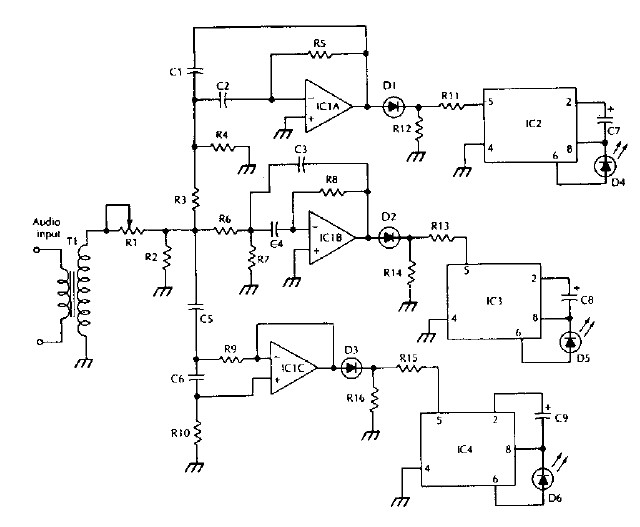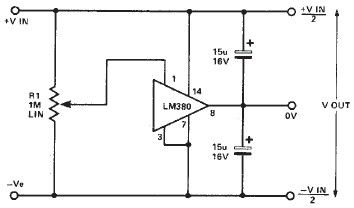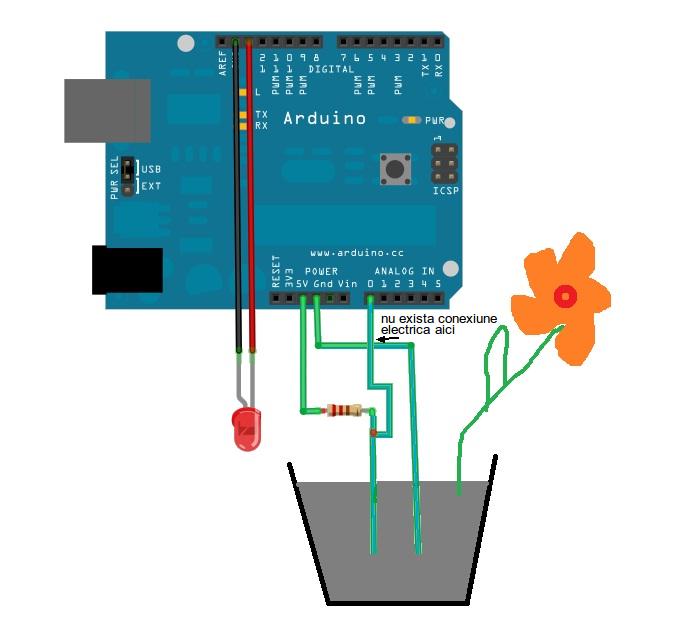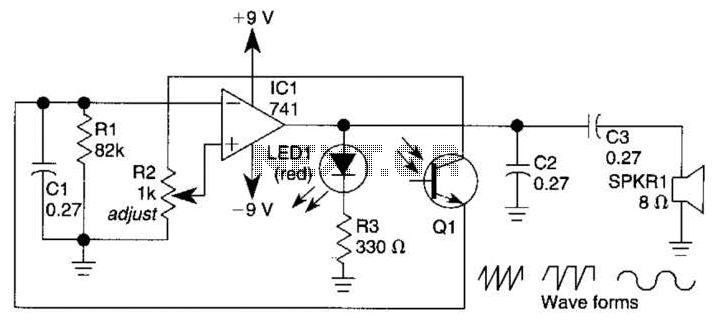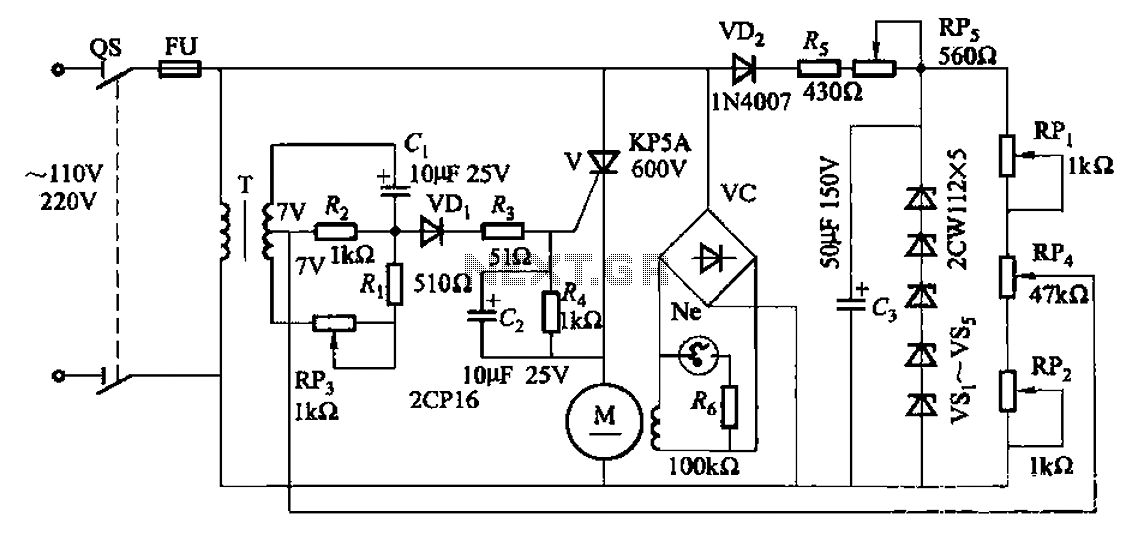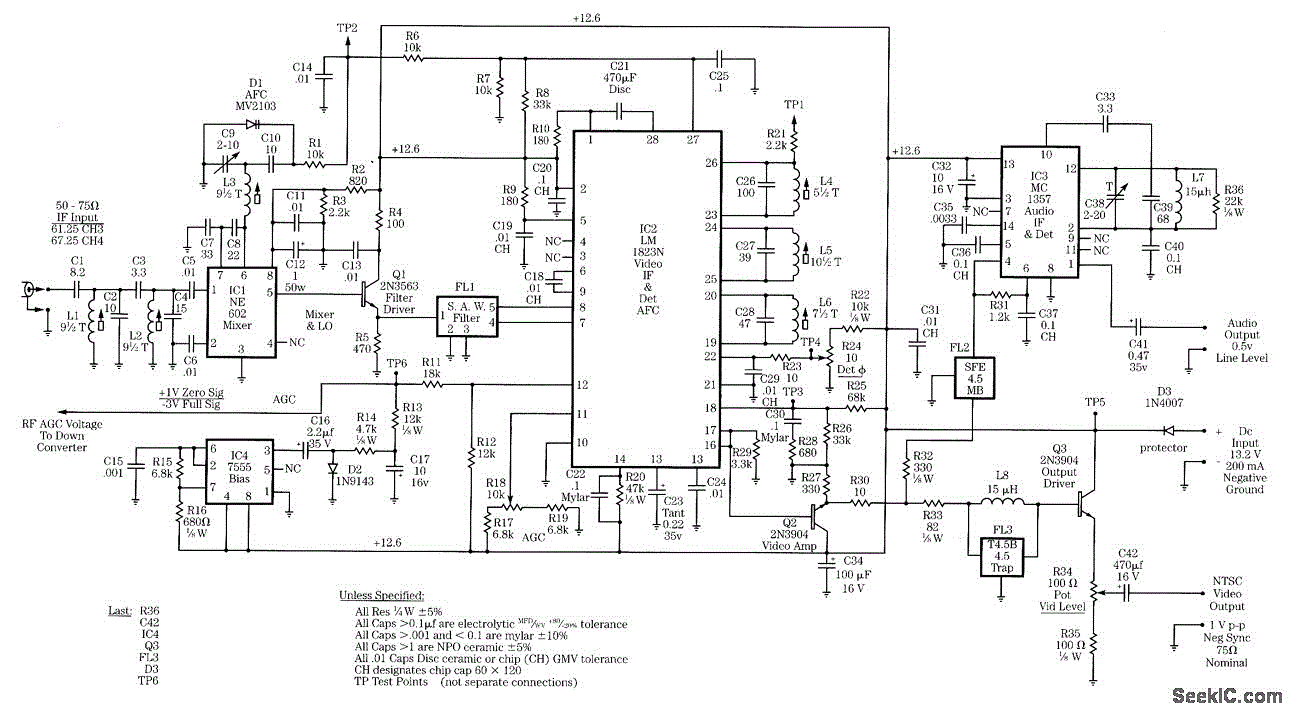
A SHORT WAVE REGENERATIVE RECEIVER PROJECT
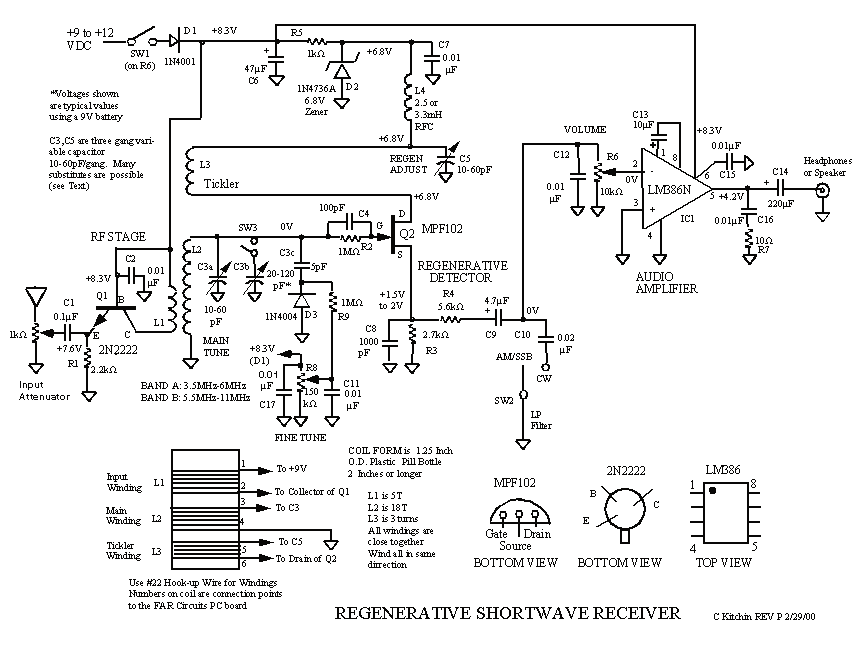
A regenerative radio receiver is unsurpassed in comparable simplicity, weak signal reception, inherent noise-limiting and agc action and, freedom from overloading and spurious responses. The regenerative radio receiver or, even super-regenerative radio receiver or, "regen" if you prefer, are basically oscillating detector receivers. They are simple detectors which may be used for cw or ssb when adjusted for oscillation or a-m phone when set just below point of oscillation. In contrast direct conversion receivers use a separate hetrodyne oscillator to produce a signal.
A regenerative radio receiver, often referred to as a "regen" receiver, operates on the principle of feedback to achieve amplification and selectivity. The core component of this design is an oscillating detector, which can function in various modes depending on the intended application. For continuous wave (CW) or single sideband (SSB) signals, the receiver is tuned to oscillate, allowing for effective demodulation of these signal types. Conversely, when set just below the point of oscillation, the receiver can effectively demodulate amplitude modulation (AM) signals.
The regenerative process involves a tank circuit, typically comprising an inductor and capacitor, which determines the resonant frequency of the circuit. The feedback loop is crucial as it enhances the sensitivity of the receiver, allowing it to pick up weak signals that would otherwise be lost in noise. The automatic gain control (AGC) mechanism helps to stabilize the output signal level, preventing distortion due to fluctuations in signal strength.
In comparison to direct conversion receivers, which employ a separate heterodyne oscillator for signal processing, regenerative receivers offer a more straightforward architecture. This simplicity translates into fewer components, reducing the overall cost and complexity of the design. However, it is essential to manage the feedback carefully to avoid instability, which can lead to unwanted oscillations and spurious responses.
Overall, regenerative receivers are particularly well-suited for applications where simplicity and performance in weak signal environments are paramount. Their design allows for effective noise-limiting characteristics, making them a preferred choice for amateur radio enthusiasts and in scenarios where minimal equipment is desired.A regenerative radio receiver is unsurpassed in comparable simplicity, weak signal reception, inherent noise-limiting and agc action and, freedom from overloading and spurious responses. The regenerative radio receiver or, even super-regenerative radio receiver or, "regen" if you prefer, are basically oscillating detector receivers.
They are simple detectors which may be used for cw or ssb when adjusted for oscillation or a-m phone when set just below point of oscillation. In contrast direct conversion receivers use a separate hetrodyne oscillator to produce a signal. 🔗 External reference
A regenerative radio receiver, often referred to as a "regen" receiver, operates on the principle of feedback to achieve amplification and selectivity. The core component of this design is an oscillating detector, which can function in various modes depending on the intended application. For continuous wave (CW) or single sideband (SSB) signals, the receiver is tuned to oscillate, allowing for effective demodulation of these signal types. Conversely, when set just below the point of oscillation, the receiver can effectively demodulate amplitude modulation (AM) signals.
The regenerative process involves a tank circuit, typically comprising an inductor and capacitor, which determines the resonant frequency of the circuit. The feedback loop is crucial as it enhances the sensitivity of the receiver, allowing it to pick up weak signals that would otherwise be lost in noise. The automatic gain control (AGC) mechanism helps to stabilize the output signal level, preventing distortion due to fluctuations in signal strength.
In comparison to direct conversion receivers, which employ a separate heterodyne oscillator for signal processing, regenerative receivers offer a more straightforward architecture. This simplicity translates into fewer components, reducing the overall cost and complexity of the design. However, it is essential to manage the feedback carefully to avoid instability, which can lead to unwanted oscillations and spurious responses.
Overall, regenerative receivers are particularly well-suited for applications where simplicity and performance in weak signal environments are paramount. Their design allows for effective noise-limiting characteristics, making them a preferred choice for amateur radio enthusiasts and in scenarios where minimal equipment is desired.A regenerative radio receiver is unsurpassed in comparable simplicity, weak signal reception, inherent noise-limiting and agc action and, freedom from overloading and spurious responses. The regenerative radio receiver or, even super-regenerative radio receiver or, "regen" if you prefer, are basically oscillating detector receivers.
They are simple detectors which may be used for cw or ssb when adjusted for oscillation or a-m phone when set just below point of oscillation. In contrast direct conversion receivers use a separate hetrodyne oscillator to produce a signal. 🔗 External reference
